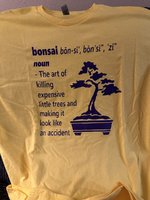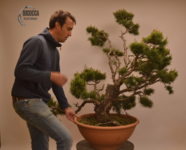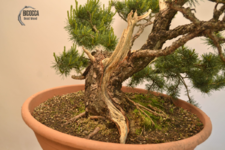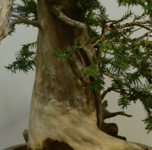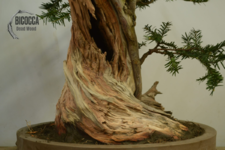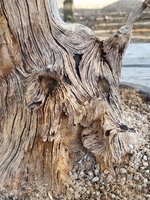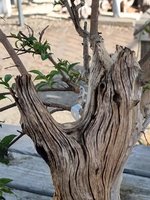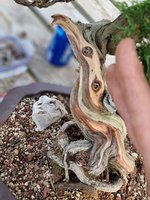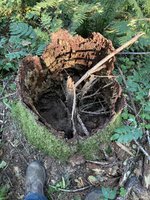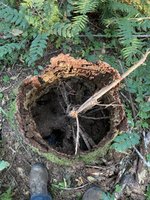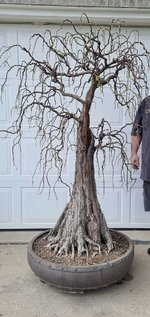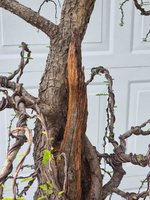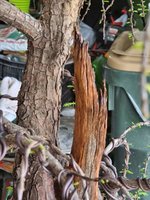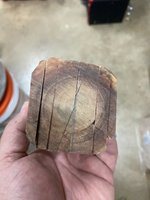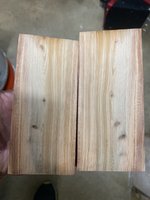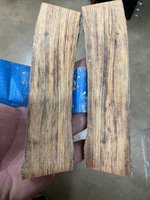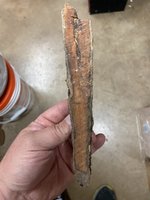BillsBayou
Chumono
As a branch grows from bud to limb, the beginnings of the branch can be found deep in the trunk. As the center of a tree rots out, it can leave behind evidence of the beginnings of branches or branches we no longer see. This particular tree got me thinking what all of this means with respect to carving deadwood trunks. How will we try to replicate this? No, really, I want to know how to replicate this. I'm not sure we can. This may be a feature you find or you just don't. There may be no way to replicate this.

